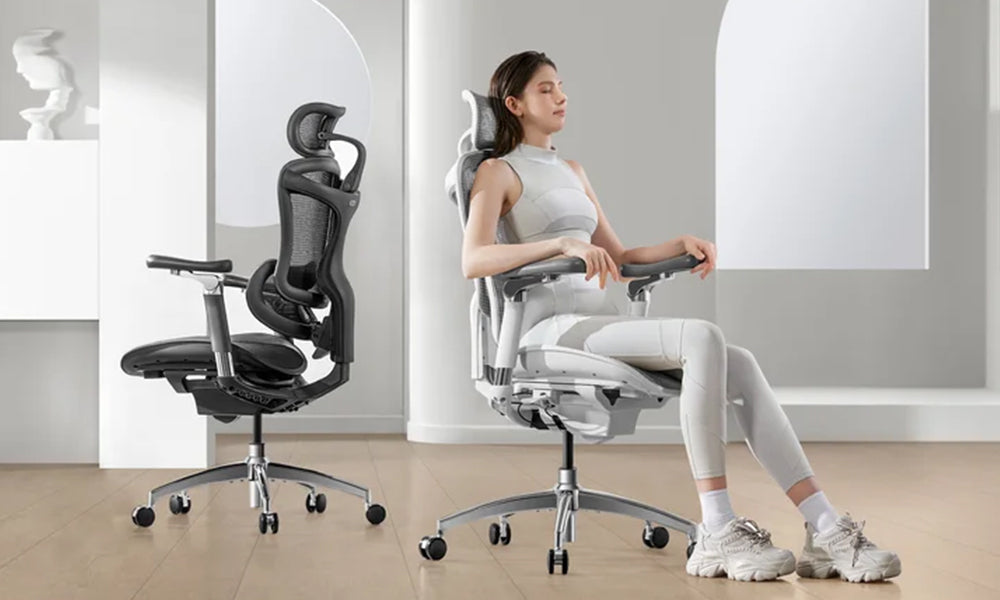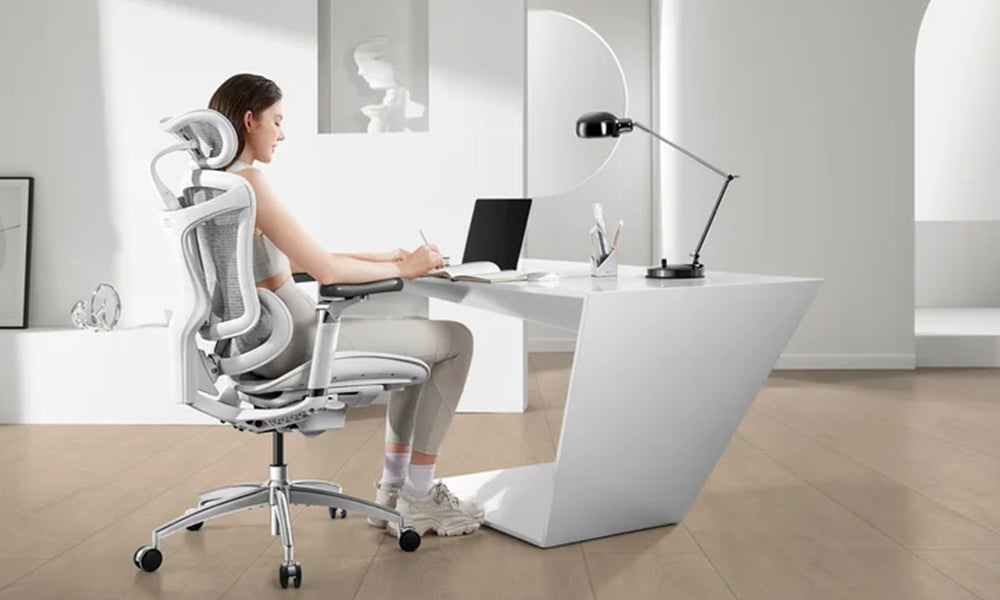In the modern world, where a significant portion of our lives is spent sitting at desks, the comfort and ergonomics of our office chairs play a crucial role in our overall well-being and productivity. An uncomfortable chair can lead to a myriad of health issues, including back pain, neck strain, and poor posture. Fortunately, there are numerous ways to enhance the comfort of your office chair without breaking the bank. In this comprehensive guide, we'll explore various techniques and adjustments to transform your office chair into a haven of comfort and support.
Understanding Ergonomics:
Before delving into specific methods to improve your office chair's comfort, it's essential to grasp the fundamentals of ergonomics. Ergonomics is the science of designing products and environments to optimize human well-being and performance. When applied to office chairs, ergonomics focuses on creating a workspace that promotes proper posture, reduces strain on the body, and enhances overall comfort.
Assess Your Current Chair:
The first step in making your office chair more comfortable is to assess its current state. Consider factors such as seat cushioning, lumbar support, armrests, and adjustability. Take note of any discomfort or areas where improvements are needed. This evaluation will serve as a foundation for implementing targeted enhancements.
Invest in Quality:
If your current office chair is outdated or lacks essential ergonomic features, it may be time for an upgrade. Investing in a high-quality ergonomic chair is one of the most effective ways to improve comfort and support. Look for chairs with adjustable lumbar support, padded armrests, breathable mesh backrests, and customizable seat adjustments. While premium ergonomic chairs can be pricey, the long-term benefits to your health and productivity justify the investment.
Optimize Seat Cushioning:
The seat cushion is where you spend the majority of your time while sitting, making it a critical aspect of comfort. If your chair's cushioning is insufficient or worn out, consider adding a seat cushion or replacing the existing one. Memory foam cushions provide excellent support and conform to your body's contours, reducing pressure points and discomfort. Additionally, gel seat cushions offer cooling properties, ideal for extended periods of sitting.
Enhance Lumbar Support:
Proper lumbar support is essential for maintaining a healthy spine alignment and preventing lower back pain. If your office chair lacks adequate lumbar support, there are several ways to enhance it. Attachable lumbar pillows or rolls can be easily affixed to the chair to provide additional support to the natural curve of your lower back. Alternatively, some ergonomic chairs feature adjustable lumbar support mechanisms that allow you to customize the level of support to your preference.
Adjust Chair Height and Angle:
Optimal chair height and angle are crucial factors in achieving a comfortable seating position. Adjust your chair's height so that your feet rest flat on the floor and your knees are at a 90-degree angle. Your thighs should be parallel to the ground, with your hips slightly higher than your knees. Additionally, recline the backrest of your chair to a comfortable angle that supports your spine while allowing for occasional shifts in posture.
Position Armrests Correctly:
Armrests play a significant role in reducing strain on your shoulders and upper body. Adjust the height of your armrests so that your elbows are bent at a 90-degree angle and your arms are parallel to the ground when typing or using the mouse. If your chair's armrests are not adjustable or are uncomfortable, consider using removable armrest pads for added cushioning and support.
Incorporate Movement:
Sitting in one position for extended periods can lead to stiffness and discomfort. Incorporating movement into your seated routine can alleviate tension and improve circulation. Consider using a stability ball or active sitting cushion to engage your core muscles while sitting. Additionally, take regular breaks to stand, stretch, and walk around to reduce the strain on your muscles and joints.
Create a Comfortable Environment:
In addition to optimizing your office chairs, creating a comfortable work environment can further enhance your overall comfort and well-being. Ensure adequate lighting to reduce eye strain, position your computer monitor at eye level to maintain proper neck alignment, and organize your workspace to minimize clutter and distractions. Personalizing your workspace with plants, artwork, or soothing colors can also contribute to a more pleasant and inviting atmosphere.
Conclusion:
A comfortable office chair is essential for maintaining productivity, focus, and overall well-being during long hours of work. By implementing the strategies outlined in this guide, you can transform your office chair into a supportive and comfortable oasis



